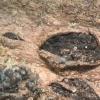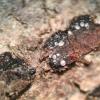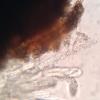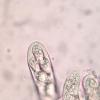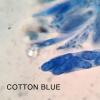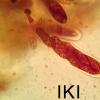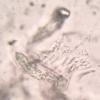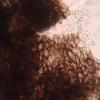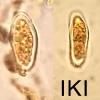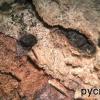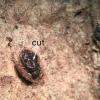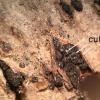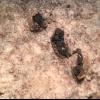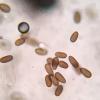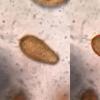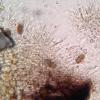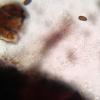
21-12-2025 21:32
Pol DebaenstHello, Garden, Burgweg 19, Veurne, BelgiumOn 10/1

21-12-2025 21:40
Isabelle CharissouBonjour, j'aimerais connaitre les références de

21-12-2025 21:31
Pol DebaenstHello, Garden, Burgweg 19, Veurne, BelgiumOn 10/1

21-12-2025 21:31
Pol DebaenstHello, Garden, Burgweg 19, Veurne, BelgiumOn 10/1

20-12-2025 23:08
Patrice TANCHAUDBonsoir, récolte sur sol sablonneux dans l'arri�

21-12-2025 09:32
Hello.A tiny ascomycete found embedded in wood in

20-12-2025 15:47
Mirek GrycHi.These grew on pine wood that was heavily covere
I have a difficult situation with this pyreno from the Northeastern US. It's a Dothideomycete, bitunicate, the asci developing in white locules in a black stroma that is erumpent through the substrate, the bark of Gray Birch, Betula populifolia.
Asci: clavate, bitunicate, 102-187 x 17.5-22.5µm.
Ascospores: unicellular, hyaline, many guttules, broadly ellipsoid, 20-24 x 8-10.5µm.
I also found in pycnidia on the same bark nearby. Also black and erumpent, but with locules that are dark at the center. The pycnidia contain brown conidia that are finely warted. They measure about 17.5-26 x 9-12µm. I am uncertain if the pycnidia are the asexual stage of the asco I described first.
I have indicated on the photos when they depict the pycnidia.
Perhaps someone can take a look and let me know. Is this Botryosphaeria, or Diplodia or something else?
Thank you in advance,
Ethan

due to the morphology and the size of the conidia I think it is Diplodia seriata, the sexual form I cannot assure it is from D. seriata
.Best wishes
Angel
I think you have Botryosphaeria with your teleomorph, the white locales when cut, the large spores, thick bitunicate asci, and the “nipple” at the apex of the ascus takes the cake. Since diploidia is an anamorph of bot, it’s possible you have both sexual and asexual fruiting. I see B. dothidea in the northeast often on woodies.
Devin

Best wishes
Angel


